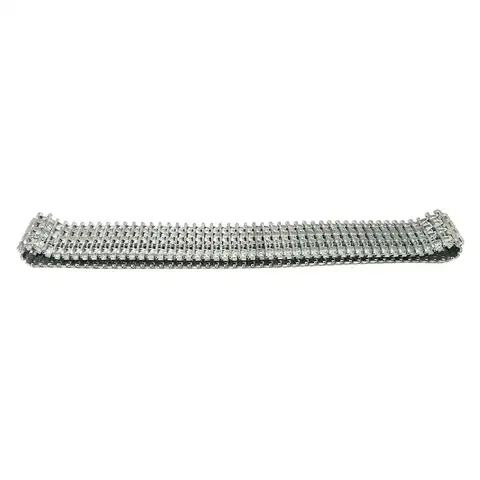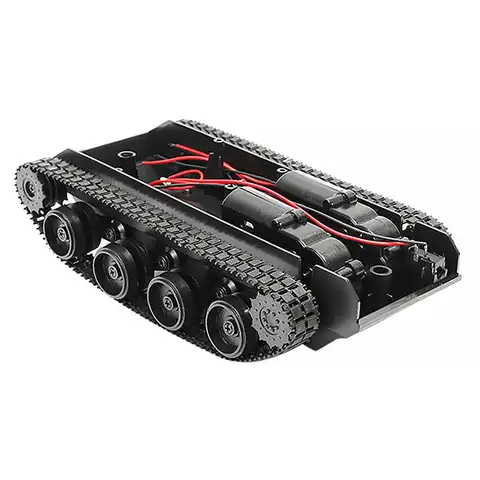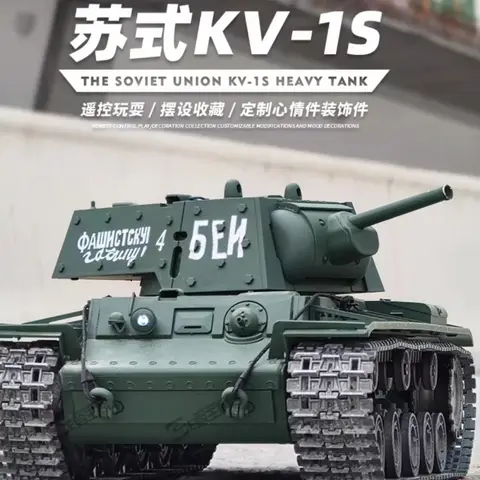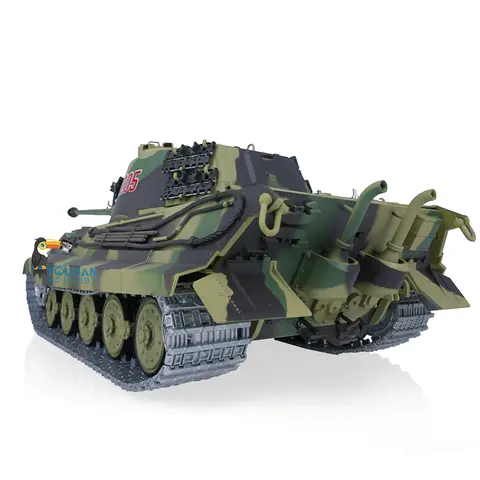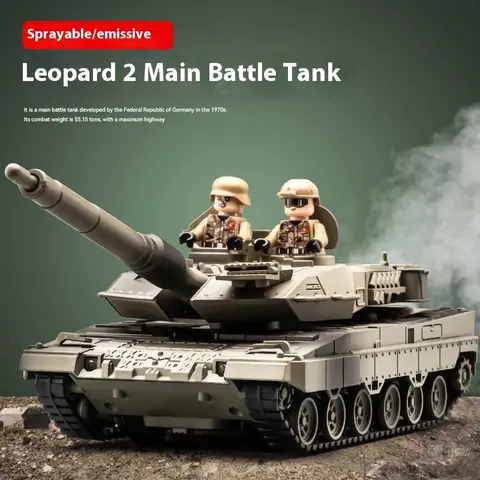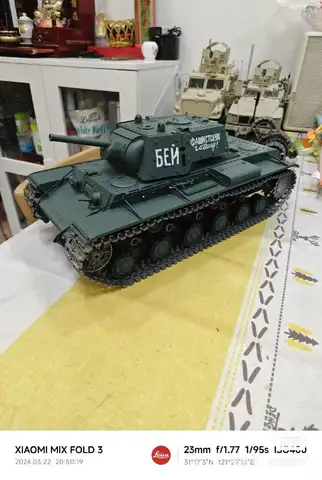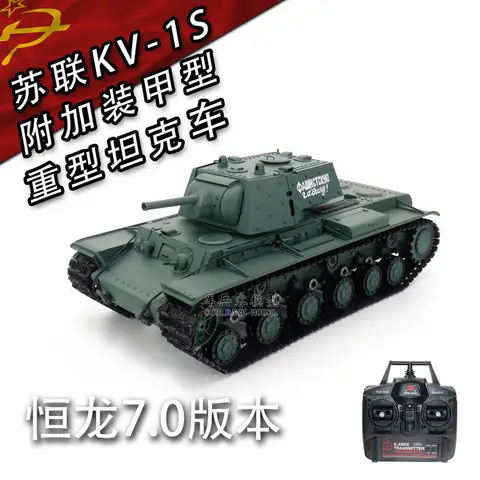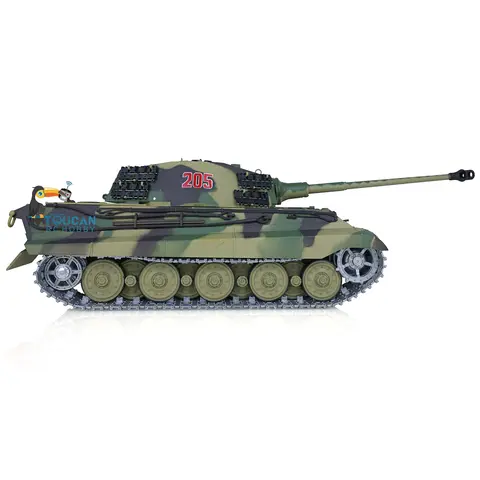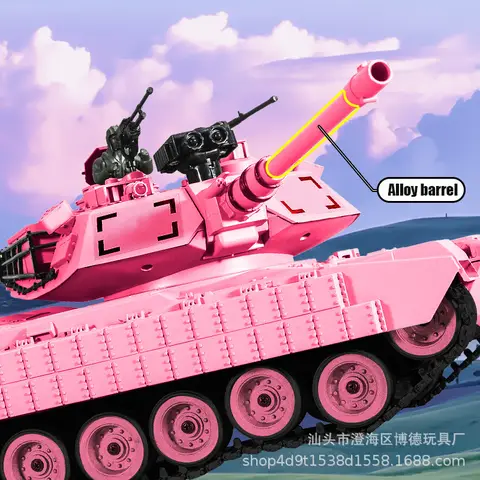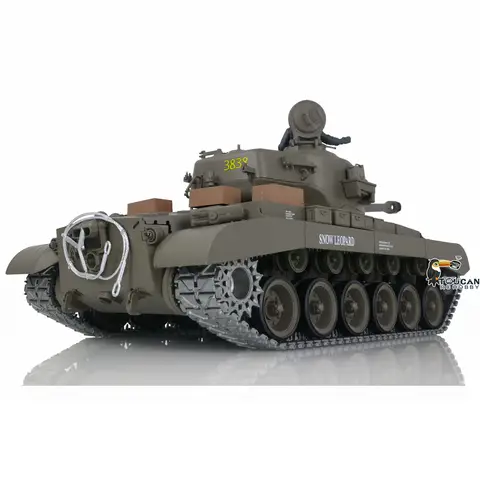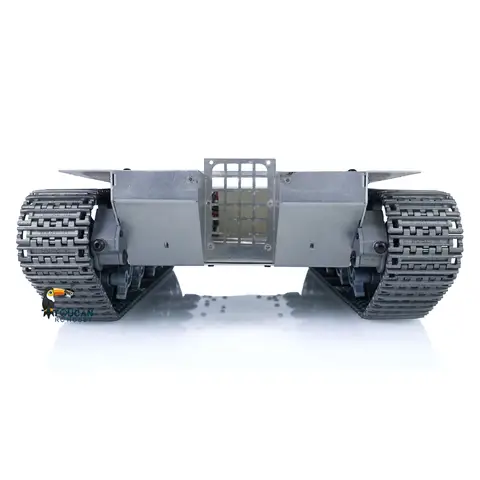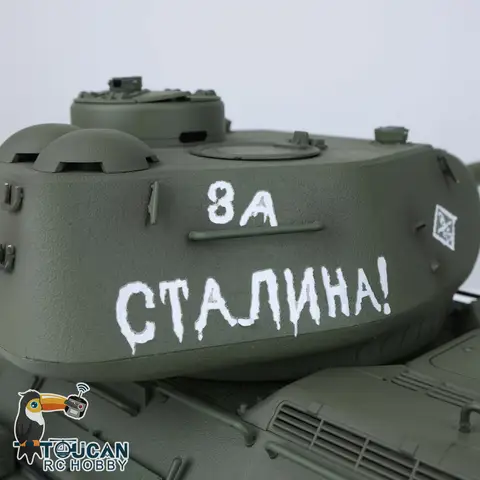
5
Résultats pour tank tracks
Cherchez-vous une bonne affaire tank tracks ? Explorez une large gamme des meilleurs tank tracks sur AliExpress pour trouver le parfait article pour vous ! En plus des marques de qualité, vous bénéficierez de remises lors de vos achats de tank tracks durant nos super promotions. N'oubliez pas cette étape : filtrez les articles ayant des avantages comme la livraison et le retour gratuits, et profitez au maximum de votre expérience d'achat en ligne !
Profitez des dernières offres tank tracks sur AliExpress
Avez-vous vu quelque chose qui a attiré votre attention ? Vous pouvez maintenant le commander et profiter de bonnes affaires sur AliExpress ! Il vous suffit de parcourir notre vaste sélection des meilleurs tank tracks et de filtrer par meilleure correspondance ou par prix pour trouver celui qui vous convient le mieux ! Vous pouvez également filtrer les articles qui offrent une livraison gratuite, une livraison rapide ou un retour gratuit pour affiner votre recherche de tank tracks !
Besoin d'aide pour trouver le tank tracks le plus populaire ? Il vous suffit de trier par « commandes » et vous trouverez les tank tracks les plus vendus sur AliExpress ! C'est simple et cela ne prend que quelques secondes pour trouver ce que vous cherchez. Pour en savoir plus, lisez les avis authentiques laissés par les acheteurs afin de pouvoir faire votre choix. Ces avis vous aideront à trouver le meilleur tank tracks dans une large gamme, quel que soit votre budget, qu'il s'agisse de marques de qualité ou d'articles à prix abordable.
Vous pouvez également consulter des offres et des promotions telles que le Festival international du shopping 11.11, notre promotion anniversaire ou notre promotion d'été pour économiser un maximum lors de vos achats de tank tracks en profitant de prix encore plus bas.
Si vous êtes un nouvel utilisateur sur AliExpress, permettez-nous de vous confier un secret. Juste avant de passer votre commande, prenez un moment pour vérifier les coupons disponibles, ils vous feront économiser encore plus sur tank tracks. Qu'il s'agisse de coupons pour les nouveaux utilisateurs ou de coupons vendeurs, vous pouvez trouver de nombreuses réductions en parcourant simplement AliExpress ou en jouant à nos jeux amusants !
